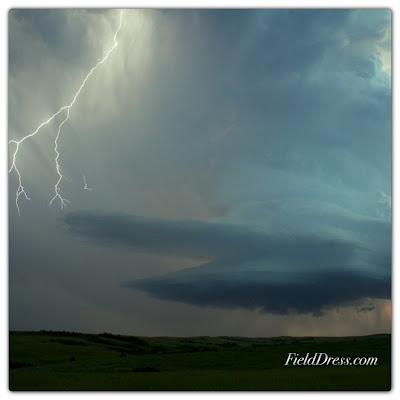Hunters took advantage of new equipment regulations and extra hunting dates to harvest a record 136,248 deer during the 2012 season, according to data the DNR gathered from designated check stations and from a recently implemented online and phone reporting system.
The total harvest represented a 6 percent increase over the 2011 season’s harvest and topped the previous record of 134,004 deer set in 2010.
“We started down the path to strategically reduce the deer herd in order to balance the ecological, recreational, and economic needs of all Indiana citizens,” said Mitch Marcus, wildlife chief for the DNR Division of Fish & Wildlife. “To meet that strategy, we initiated several regulation changes to make it easier to take antlerless deer. It appears the regulations may be working.”
Key regulation changes implemented in 2012 included making crossbows legal equipment for all licensed hunters during archery season; adding a special late antlerless season in designated counties from Dec. 26 to Jan. 6; extending the urban zone season to run continuously from Sept. 15 to the end of January; and allowing youth hunters in the two-day youth season to take whatever the bonus antlerless quota was in the county where they hunted. Archery season also increased by seven days with elimination of the traditional one-week break between early and late segments.
Crossbow hunters took 8,452 deer, or 6 percent of the overall total. That was an increase from 1,091 deer, or 1 percent, reported in 2011 when crossbows could be used in early archery season only by persons with a disabilities permit or by any licensed hunter in late archery season.
Hunters using archery equipment tagged more deer in 2012 (27,580) than they did in 2011 (26,715) or 2010 (27,186).
Youth hunters bagged 3,587 deer, up 55 percent from 2011, and the new special late antlerless season accounted for 10,091 deer.
It also was the first year of a license bundle, which allowed the buyer to hunt in all segments of deer season—except in urban zones—for a total of one antlered and two antlerless deer. More than 56,600 license bundles were purchased in 2012, second only to the resident firearm license.
“In previous years, five or six at the most, resident license holders accounted for 42 percent of the harvest,” said Chad Stewart, DNR deer management biologist. “This year, resident license holders accounted for 47 percent of the total harvest. That’s only a couple percentage points, but to move it even that much is pretty significant. That’s probably attributed to the bundle license. We don’t know that for sure, but that’s where we’re leaning because it’s the one thing in the rules that only affected resident hunters.”
The total harvest was made up of 45,936 antlered deer and 90,312 antlerless deer. The proportion of reported antlered deer in the harvest (34 percent) is the lowest in Indiana’s history while the antlerless total was the highest.
“Despite the record harvest, trends within the harvest data showed that deer numbers were down this year,” Marcus said. “The number of antlered deer in the harvest was at its lowest point since 2000, an indicator of a reduced deer herd.”
Stewart said the antlered deer harvest tracks the total population about as well as anything because there are fewer variables to consider.
“Year-to-year hunter efforts don’t change much, so people aren’t all of a sudden taking three bucks or eight bucks; they’re locked into one buck,” he said, noting the one-buck limit in Indiana. “If there are fewer bucks to kill with the same amount of hunter effort, not as many bucks get killed, which tells us the overall population is down.”
Additionally, an outbreak of epizootic hemorrhagic disease affected deer in nearly 60 counties. EHD is a viral disease transmitted by biting flies that is often fatal to deer, though some deer will survive the illness.
“Whether this (population) decline is due to this year’s outbreak of EHD, recent efforts to strategically reduce the deer herd, or a combination of both factors remains to be seen, but probably varies from county to county,” Marcus said. “As we continue on the path to strategically reduce the deer herd, we will monitor the herd and harvest each year and make adjustments to ensure that hunters will have the opportunity to be successful.”
Switzerland County had the highest reported harvest at 3,506 deer, leading the state for the first time since 2004 and ending a seven-year run by Steuben as the top county. Steuben dropped to fifth with a reported harvest of 3,076 deer, the fewest for that county since 2003.
Of the total harvest, 82,151 deer were recorded at check stations, 53,389 online, and 708 by phone.
To read the complete report go to wildlife.IN.gov and click on the Deer Harvest Summary link at the bottom of the page.
Contact Information
Phil Bloom
dnrnews@dnr.in.gov







